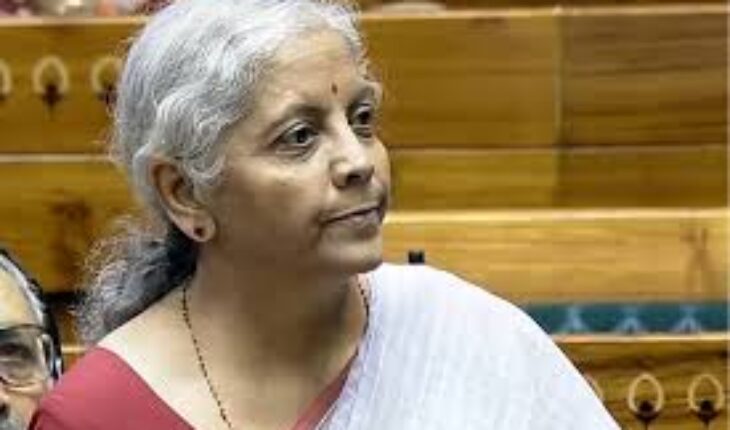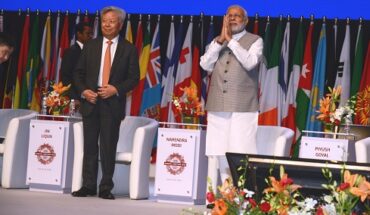New Delhi: Union Finance Minister Nirmala Sitharaman will release the Economic Survey 2023-24 on Monday, the first day of the Monsoon Session of Parliament.
The document has been prepared by the Economic Division of the Department of Economic Affairs in the Ministry of Finance and formulated under the supervision of the Chief Economic Adviser.
It is a report card on the economy and presents the growth outlook. The survey gives a detailed account of the state of the economy, prospects and policy challenges.
The Economic Survey provides statistical information and analysis on various sectors of the economy as well as data on employment, GDP growth, inflation, and the budget deficit.
The Ministry of Finance said in a post on X on Sunday that Chief Economic Adviser Dr V. Anantha Nageswaran will address the media in the afternoon after the Economic Survey 2023-24 is presented in the Lok Sabha.
The survey usually comes out on January 31, a day before the Finance Minister presents the Union Budget. As per the norm laid out in the Constitution, in election years, the government presents a shorter report titled ‘The Indian Economy – A Review’ and tables an interim budget in February.
This year’s Budget will be keenly watched as several major economies in the world have been struggling. India, on the other hand, has retained its tag as the fastest-growing economy/.
The Economic Survey will be presented at a time when the IMF has just raised its economic growth forecast for the country for FY25 to 7 per cent from 6.8 per cent projected in April. In June, the Reserve Bank of India revised the growth forecast to 7.2 from 7 per cent. According to RBI Governor Shaktikanta Das, if the average growth India recorded over the three years is seen, the average comes to 8.3 per cent. In the current year, they have given a projection of 7.2 per cent growth.
The Union Budget will focus on supporting consumption via higher allocation for the rural economy, welfare schemes, and agriculture with higher allocations for schemes like PMAY and MNREGA, according to rating agencies. It expects a focus on manufacturing and capex to continue as the government is likely to retain its interim budget’s target of capex and an increase in PLI allocation to more labour-intensive sectors like textiles, leather footwear and toys to aid job creation.





